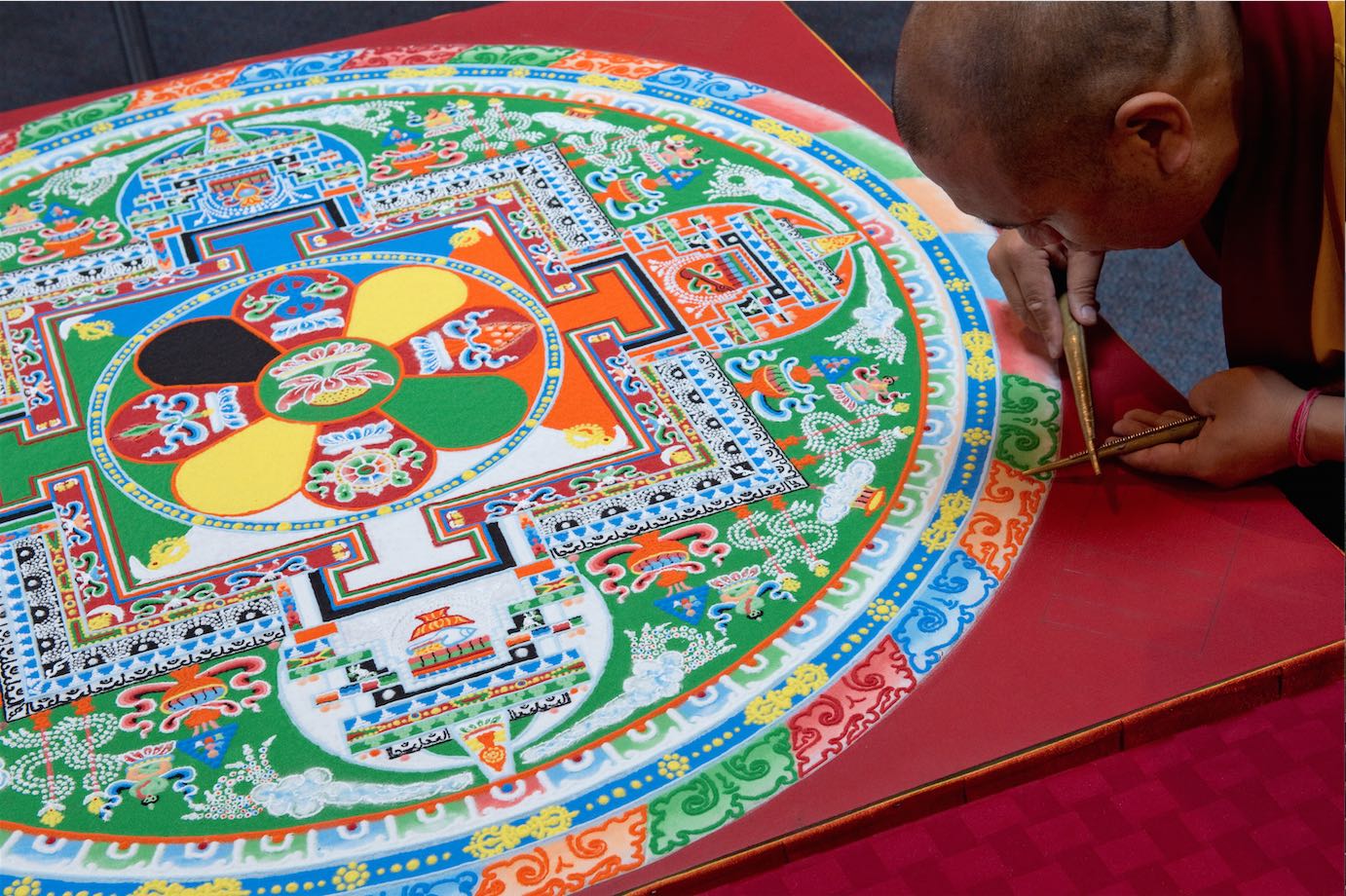Tibetan Mandala Sand Painting
The Tibetan mandala is a tool for gaining wisdom and compassion and generally is depicted as a tightly balanced, geometric composition wherein deities reside. The principal deity is housed in the center. The mandala serves as a tool for guiding individuals along the path to enlightenment. Monks meditate upon the mandala, imagining it as a three-dimensional palace. The deities who reside in the palace embody philosophical views and serve as role models. The mandala's purpose is to help transform ordinary minds into enlightened ones.
Mandalas constructed from sand are unique to Tibetan Buddhism and are believed to effect purification and healing. Typically, a great teacher chooses the specific mandala to be created. Monks then begin construction of the sand mandala by consecrating the site with sacred chants and music. Next, they make a detailed drawing from memory. Over a number of days, they fill in the design with millions of grains of colored sand. At its completion, the mandala is consecrated. The monks then enact the impermanent nature of existence by sweeping up the colored grains and dispersing them in flowing water.
The symbolism of meditation Mandalas has a rich tradition. The outer form of these so-called holy circles is a geometrical diagram, a Yantra, and each detail of its construction has symbolic meaning. The essence or purpose of the Mandala is concerned with the process of invocation, the calling in and realization of the spiritual force within the contemplator himself. All these different picture-tools have essentially the same inner meaning and purpose, but there are mandalas to suit all levels of consciousness: for the spiritually highly developed, for average people and for people not yet developed.
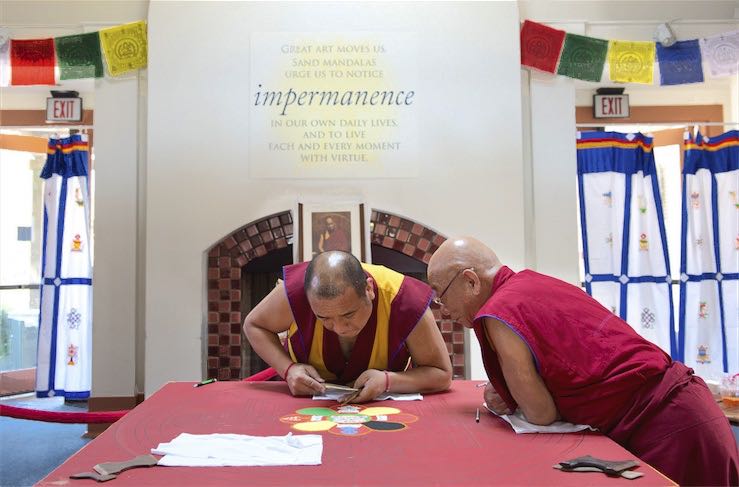
"Great Art moves us. Sand mandalas urge us to notice impermanence in our own daily lives and to live every moment with virtue."
Photo by UCI UC Irvine (California)
is licensed by Creative Commons
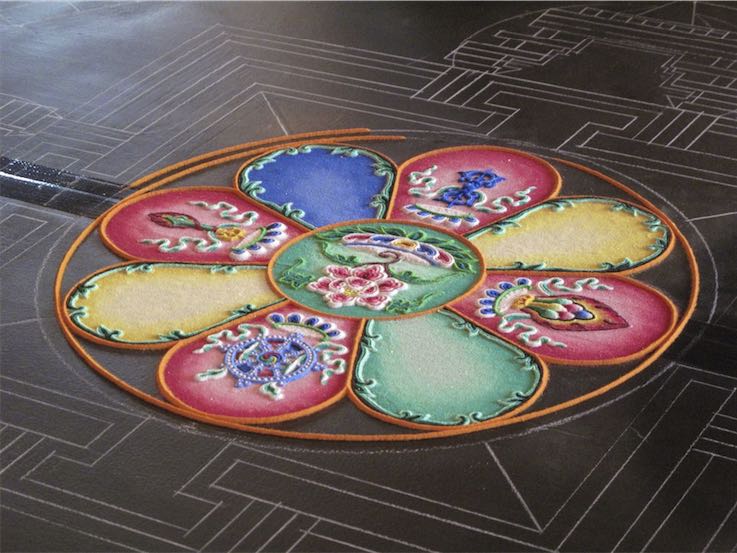
Photo in Atlanta, Georgia, by Connor Eòin
is licensed by Creative Commons
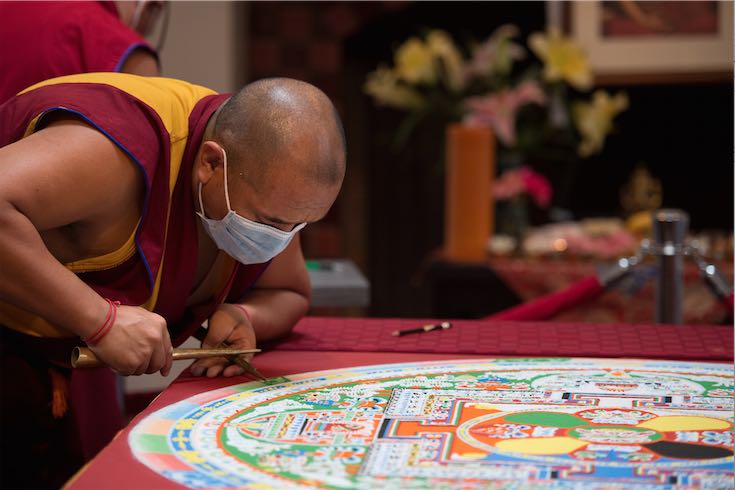
Photo by UCI UC Irvine (California)
is licensed by Creative Commons
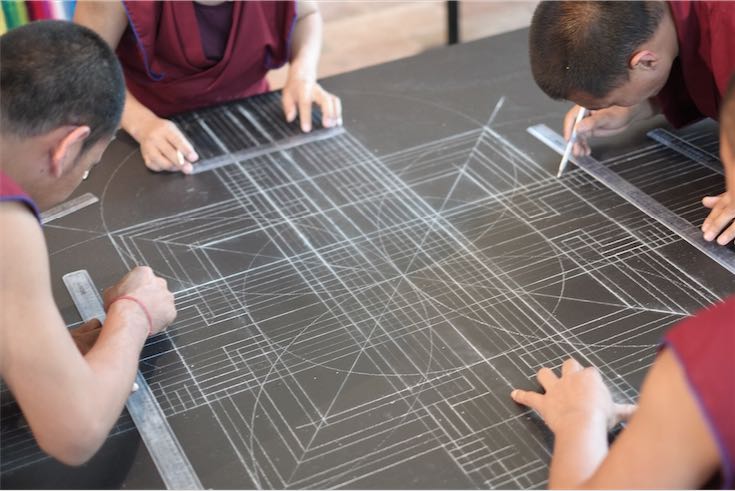
is licensed by Creative Commons
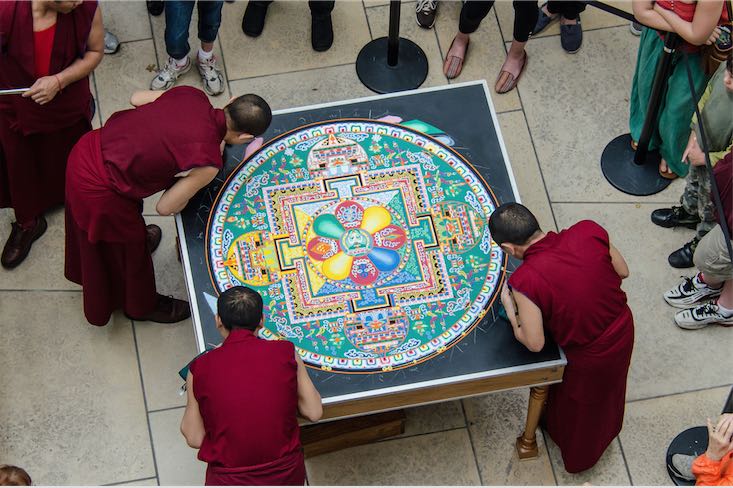
Photo at the Blanton Museum of Art, The University of Texas at Austin, by Henry Huey
is licensed by Creative Commons

is licensed by Creative Commons
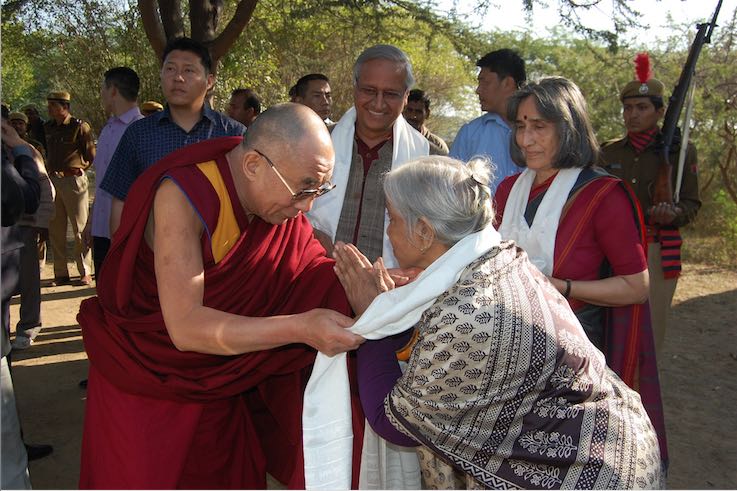
Photo of Dalai Lama at Barefoot College, India, by Barefoot Photographers of Tilonia
is licensed by Creative Commons
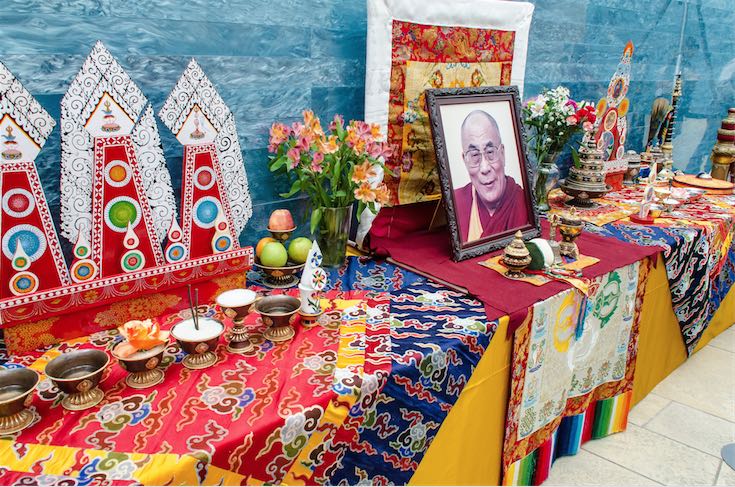
is licensed by Creative Commons

is licensed by Creative Commons

is licensed by Creative Commons
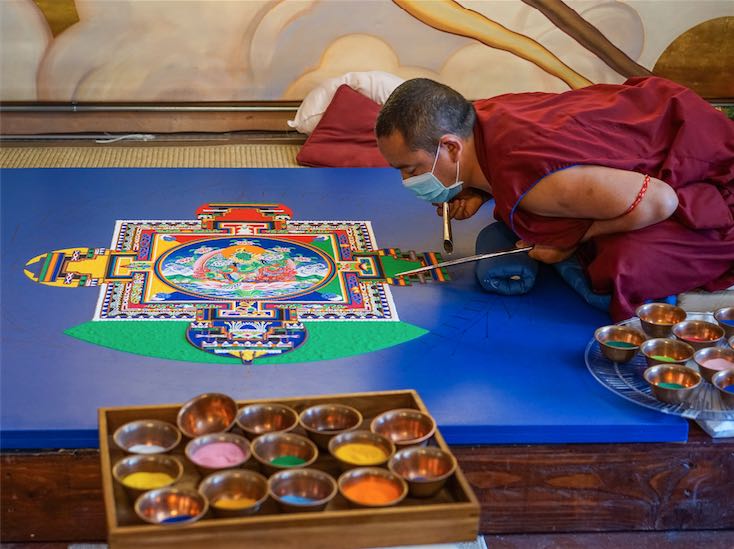
Photo at Steynberg Gallery, San Luis Obispo, California, by Margie Savage
is licensed by Creative Commons
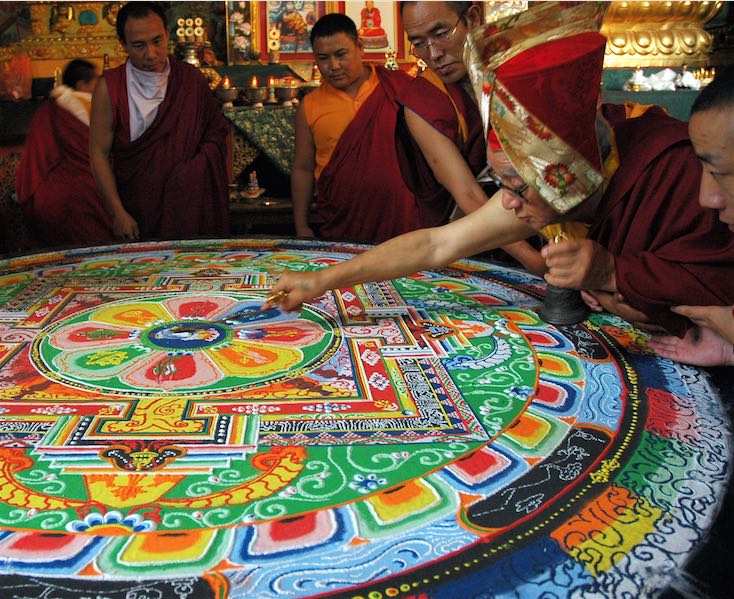
is licensed by Creative Commons
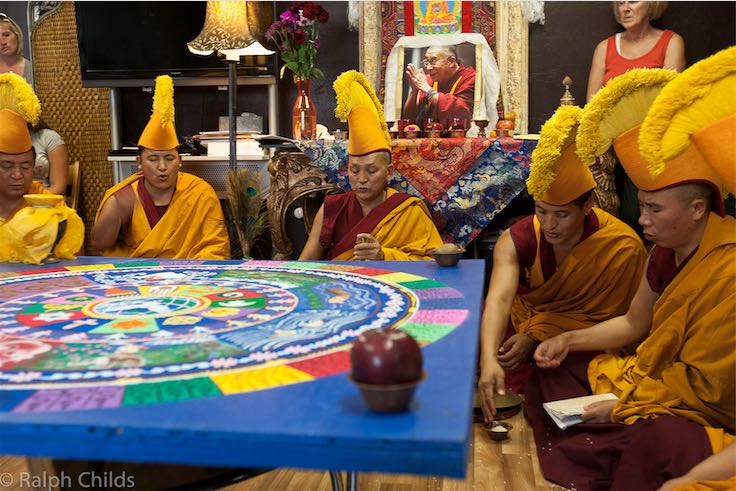
Photo in Oswego, Illinois, by Ralph Childs
is licensed by Creative Commons

is licensed by Creative Commons
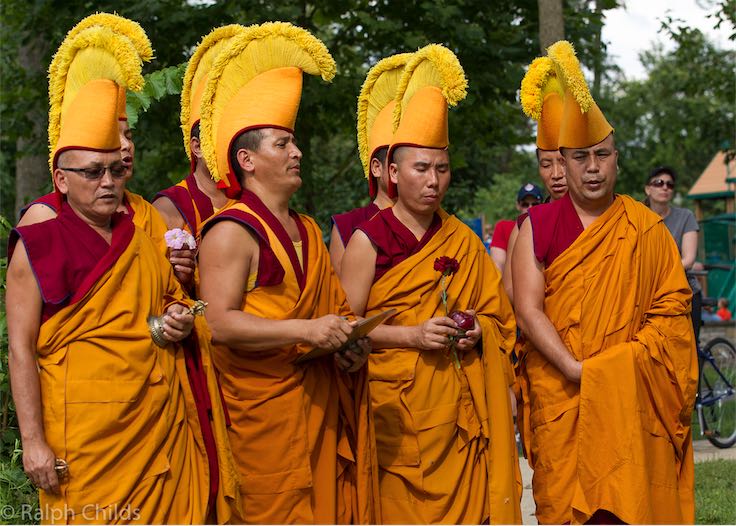
is licensed by Creative Commons
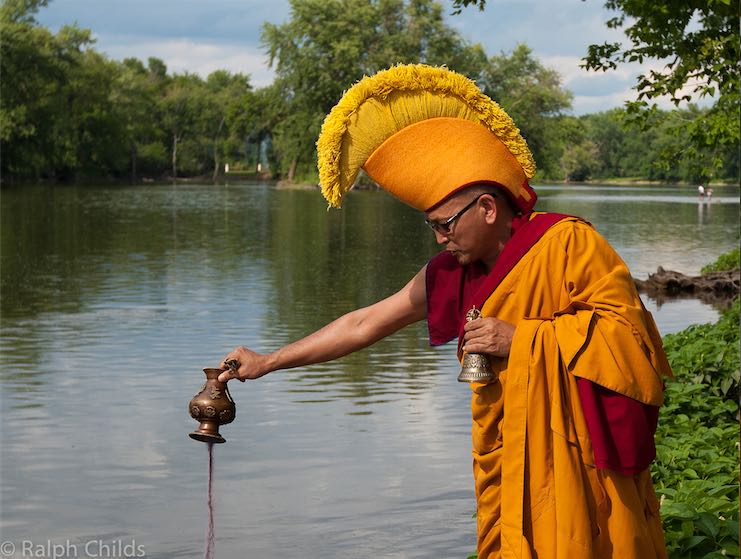
is licensed by Creative Commons

Photo in Atlanta, Georgia, by John L. Crow
is licensed by Creative Commons
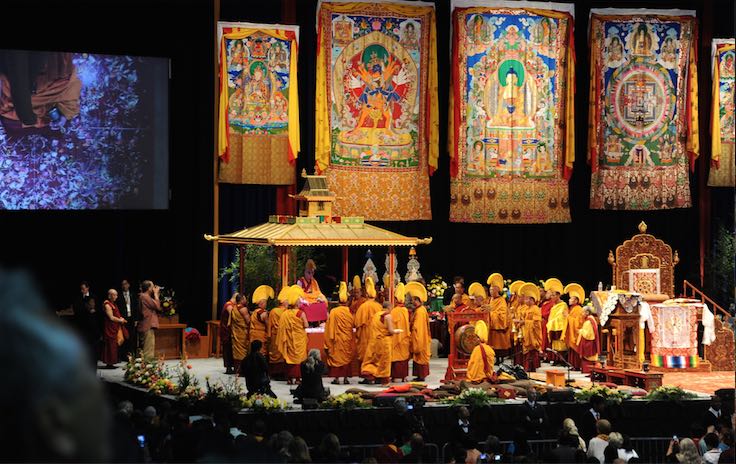
Photo of Dalai Lama in Washington D.C. pavilion by Wonderlane
is licensed by Creative Commons
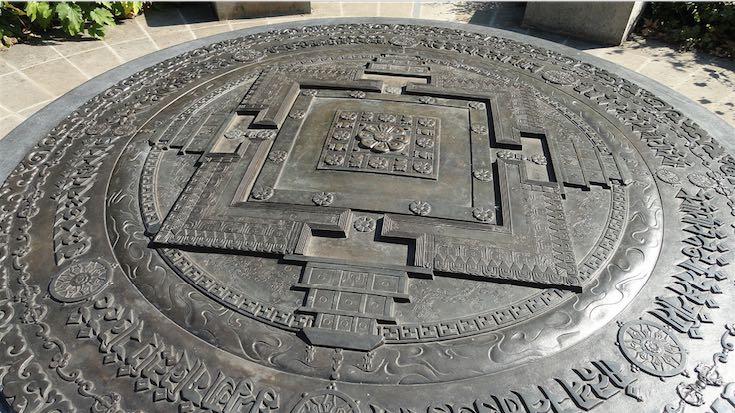
Photo of Tibetan Peace Garden, London by Mariana Aurelio
is licensed by Creative Commons
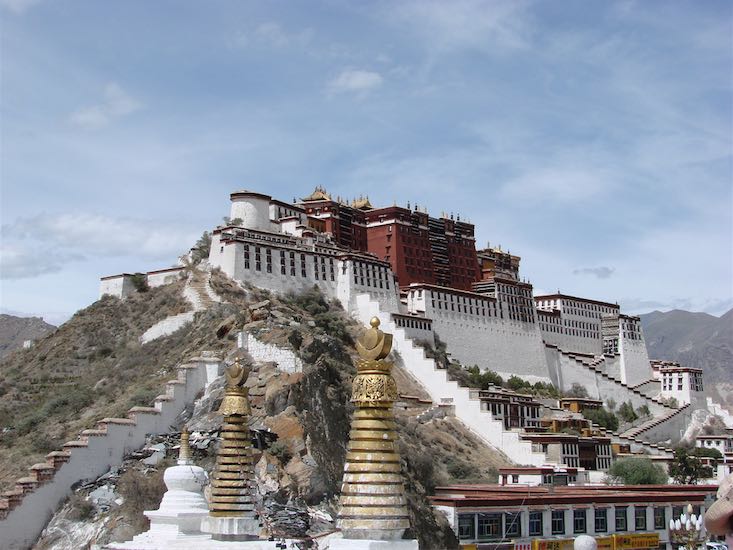
Photo of Potala Palace, Lhasa, Tibet (The Dalai Lamas lived here), by Michael Goodine
is licensed by Creative Commons
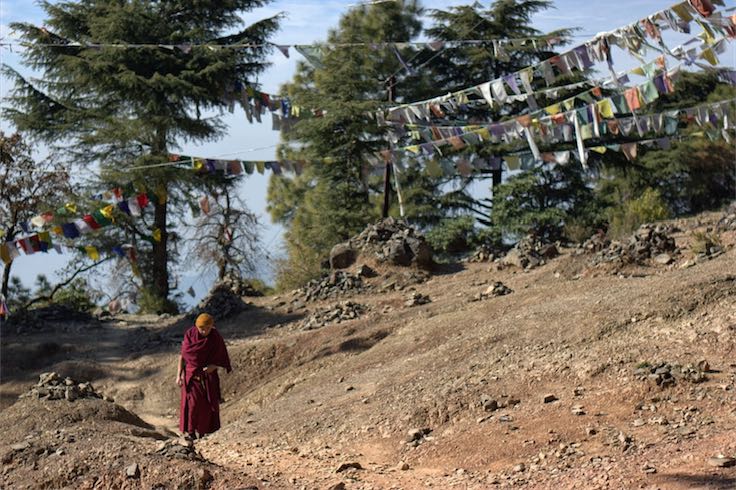
is licensed by Creative Commons
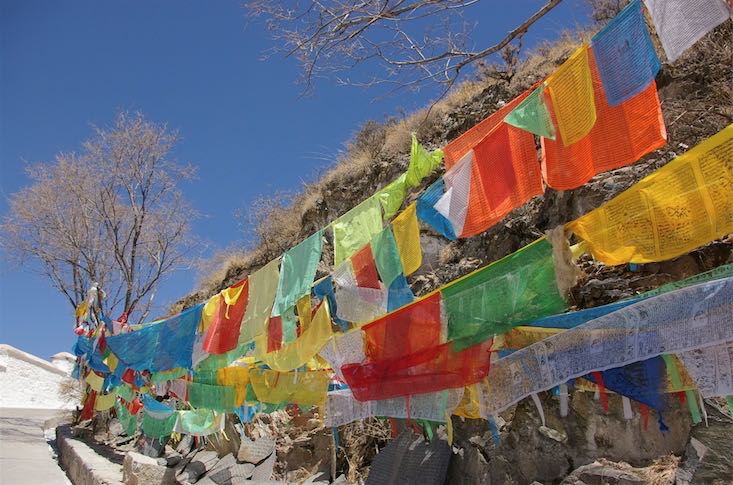
Photo of prayer flags by Nao Iizuka
is licensed by Creative Commons

is licensed by Creative Commons

Photo of prayer horns by Steve Hicks
is licensed by Creative Commons
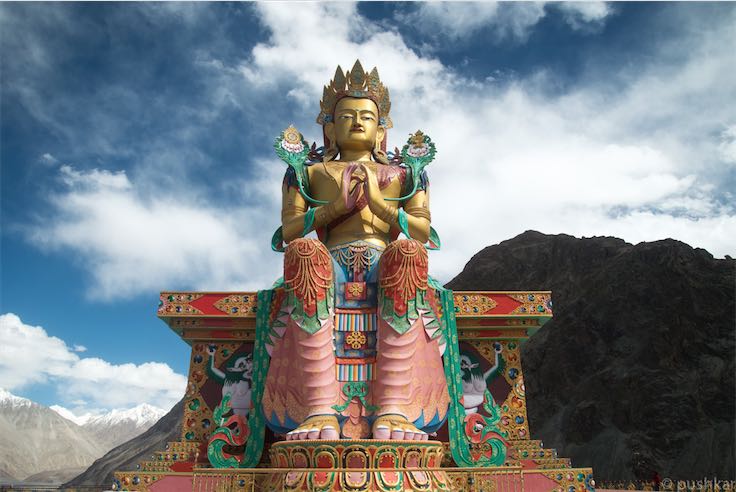
Photo of Maitreya Buddha near Diskit Monastery by pushkar v
is licensed by Creative Commons

is licensed by Creative Commons
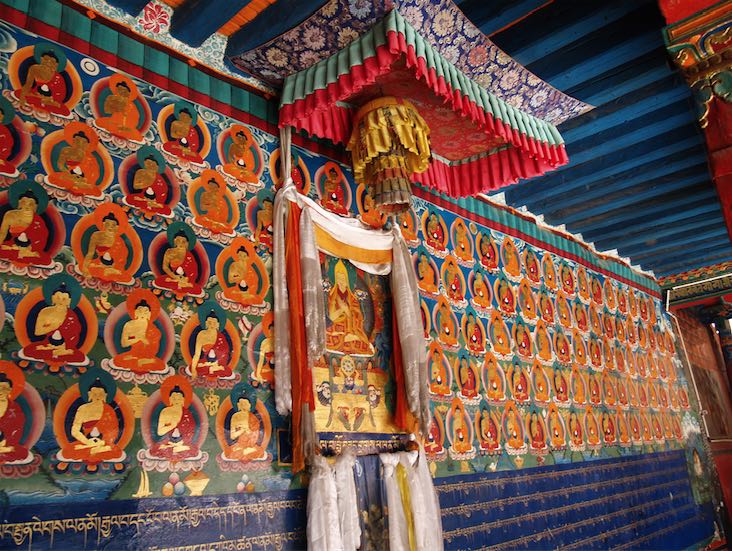
is licensed by Creative Commons
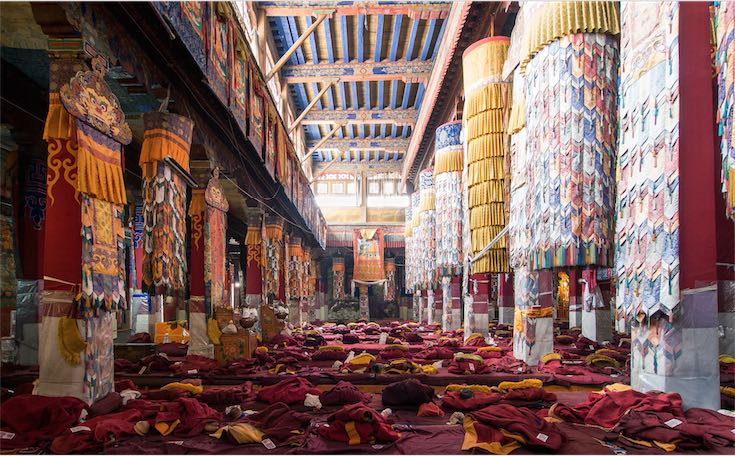
Photo of Drepung Monastery by KL.Lau
is licensed by Creative Commons
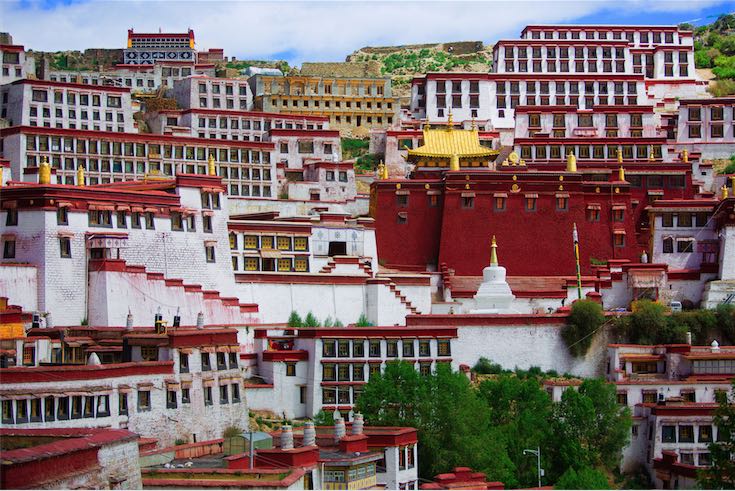
Photo of Ganden Monastery by Feng Zhong
is licensed by Creative Commons
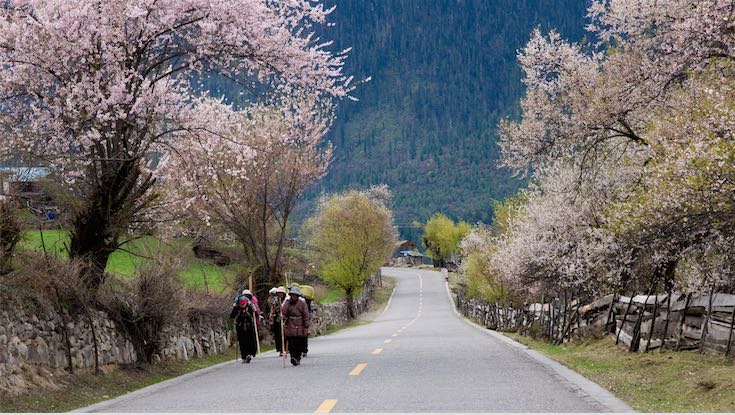
Photo of the road of pilgrimage by Xianyi Shen
is licensed by Creative Commons
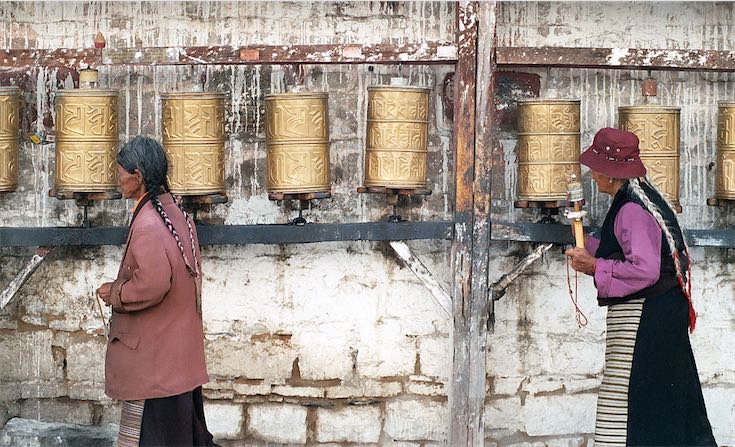
Photo of prayer wheels by Theo Wright
is licensed by Creative Commons

Photo by sandeepachetan.com travel photography
is licensed by Creative Commons
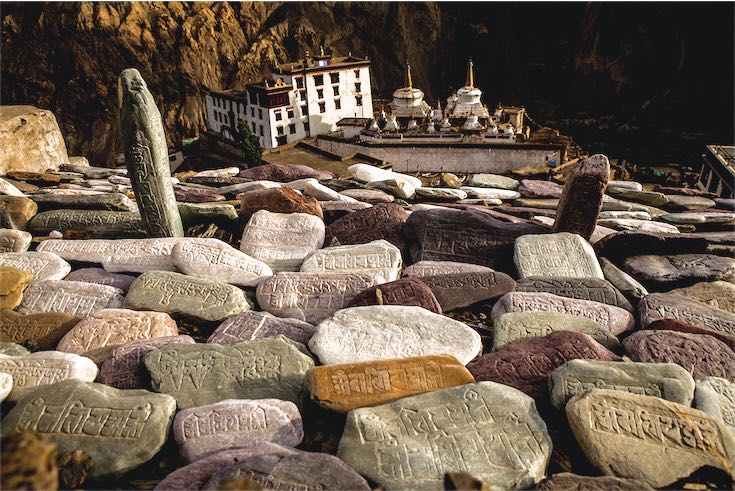
Photo of carved petroglyphs on Lamayuru meditation hill by sandeepachetan.com travel photography
is licensed by Creative Commons
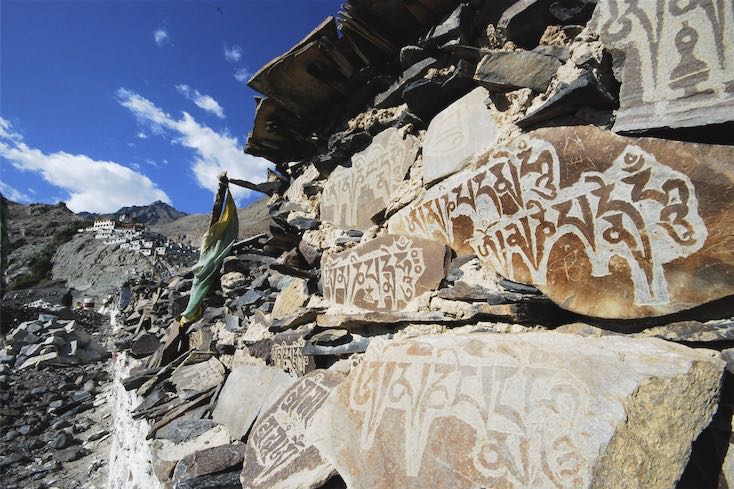
Photo of Mani wall - Diskit Monastery by Diana
is licensed by Creative Commons
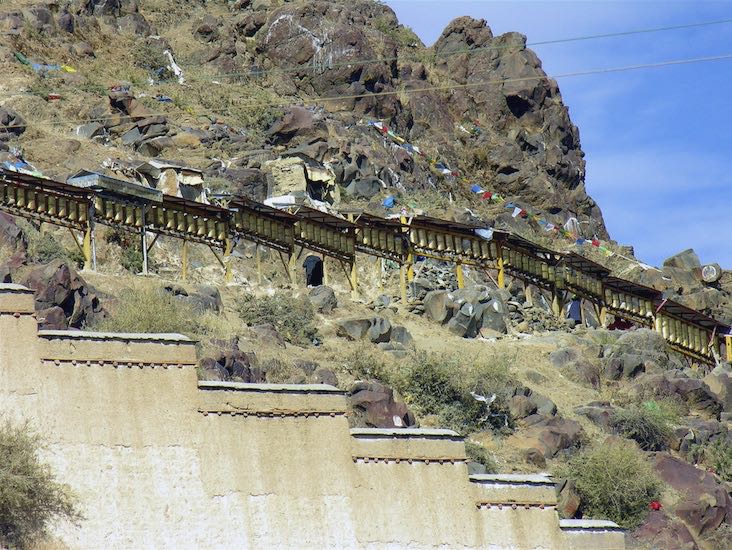
Photo of prayer wheels behind Tashilhunpo Monastery, Shigatse, Tibet, by Dennis Jarvis
is licensed by Creative Commons
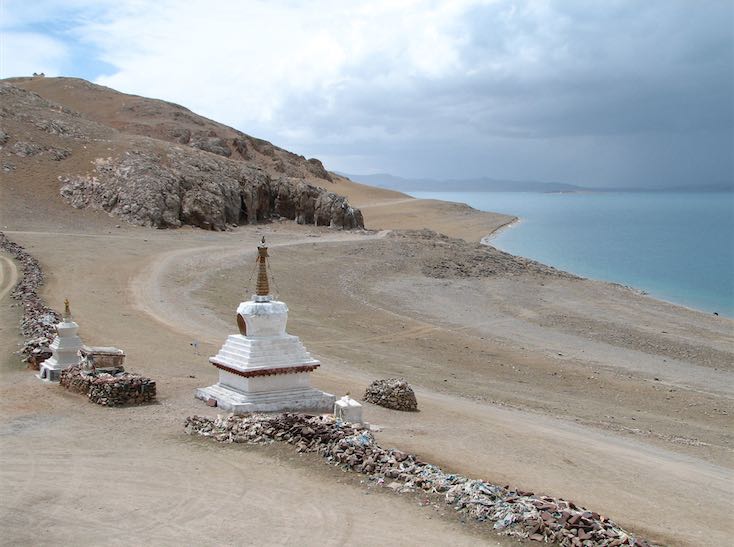
"The basic structure of a Chorten consist of a square foundation symbolizing the earth, a dome symbolizing water, and thirteen tapering steps of enlightenment symbolizing the element of fire. These steps lead to a stylized parasol, the symbol of wind, which is topped in the ethereal sphere by the well-known ‘twin-symbol’ uniting sun and moon, which is the shimmering crown of the Chorten."
Photo of chorten (in Hindu, a stupa) over Nam Tso lake by McKay Savage
is licensed by Creative Commons
>Photo of mandala made in honor of Dalai Lama's 80th birthday, by UCI UC Irvine, Creative Commons
